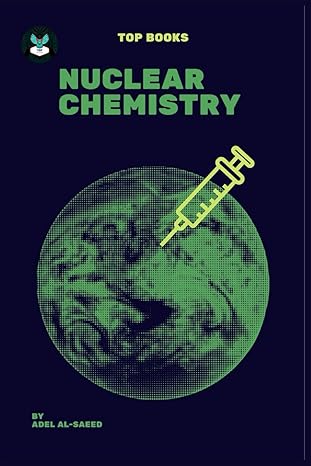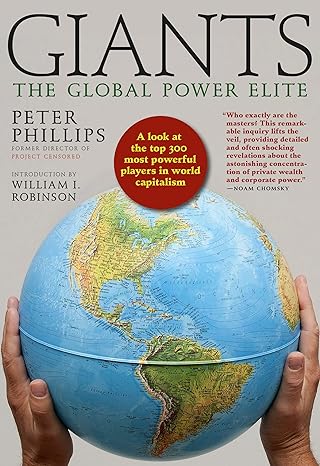Go back


Top Books Nuclear Chemistry(1st Edition)
Authors:
Adel Al Saeed

Cover Type:Hardcover
Condition:Used
In Stock
Include with your book
Free shipping: April 03, 2024Popular items with books
Access to 3 Million+ solutions
Free ✝
Ask 10 Questions from expert
200,000+ Expert answers
✝ 7 days-trial
Total Price:
$0
List Price: $7.49
Savings: $7.49(100%)
Book details
ISBN: B0CN9FK2K8, 979-8867597085
Book publisher: Independently published
Get your hands on the best-selling book Top Books Nuclear Chemistry 1st Edition for free. Feed your curiosity and let your imagination soar with the best stories coming out to you without hefty price tags. Browse SolutionInn to discover a treasure trove of fiction and non-fiction books where every page leads the reader to an undiscovered world. Start your literary adventure right away and also enjoy free shipping of these complimentary books to your door.
Top Books Nuclear Chemistry 1st Edition Summary: Description: The Nuclear Chemistry booklet is a concise yet comprehensive guide that delves into the fascinating world of nuclear reactions and their implications. With 47 pages measuring 6 x 9 inches, this booklet provides a compact resource for students, researchers, and enthusiasts seeking to explore the fundamental concepts and applications of nuclear chemistry.Table of Contents:Radioactivity: This section introduces the concept of radioactivity and discusses its discovery and basic principles.Natural Radioactivity: Exploring the phenomenon of natural radioactivity, this section covers the types of radioactive decay and their characteristics.Alpha Decay: In this chapter, readers will learn about alpha decay, its properties, and its role in nuclear transformations.Beta Decay: This section delves into the intricacies of beta decay, including different types of beta particles and their behavior.Gamma Decay: Understanding gamma decay is crucial in nuclear chemistry, and this chapter provides insights into the emission of gamma radiation and its properties.Induced Radioactivity: This section explores the process of inducing radioactivity in materials through various methods.Uranium 238 Decay Series: Detailing the decay series of uranium-238, this chapter discusses the sequence of nuclear reactions that occur until a stable isotope is reached.Radioactive Decay U-238: Focusing specifically on the radioactive decay of uranium-238, this chapter provides a comprehensive analysis of the involved isotopes and their decay pathways.Half-Life: This section elucidates the concept of half-life, including its definition, calculations, and its significance in nuclear chemistry.Example Problems: Applying the concepts learned, this chapter presents a range of example problems to aid readers in understanding and practicing their knowledge.Sure, One More… Why Not? This chapter presents additional challenging problems to further enhance the reader's understanding of nuclear chemistry.So, Solve It Already! Building upon the previous chapters, this section provides detailed solutions to the example problems, allowing readers to verify their answers and learn from the explanations.Shall We Check It? This chapter offers self-assessment quizzes and exercises to test the reader's comprehension and reinforce the learned material.Using Radioisotopes: Exploring the practical applications of radioisotopes, this section discusses their use in medicine, industry, and scientific research.More Uses for Radioisotopes: This chapter further expands on the diverse applications of radioisotopes, including agriculture, archaeology, and environmental studies.Detection of Radioactivity: Highlighting various detection techniques, this section covers methods employed to measure and detect radioactivity.Detection of Radiation: This chapter focuses on the detection of different types of radiation, including alpha, beta, and gamma radiation.Biological Effects of Radiation: Discussing the impact of radiation on living organisms, this section explores the biological effects and associated risks.Nuclear Fission: This final chapter explores the process of nuclear fission, including its history, mechanisms, and its role in energy production.The Nuclear Chemistry booklet provides a comprehensive and accessible introduction to the principles, applications, and implications of nuclear chemistry, making it an invaluable resource for students, professionals, and anyone seeking to understand this captivating field of study.
Customers also bought these books
Frequently Bought Together
Top Reviews for Books
Tara Guerriero
( 5 )
"Delivery was considerably fast, and the book I received was in a good condition."










